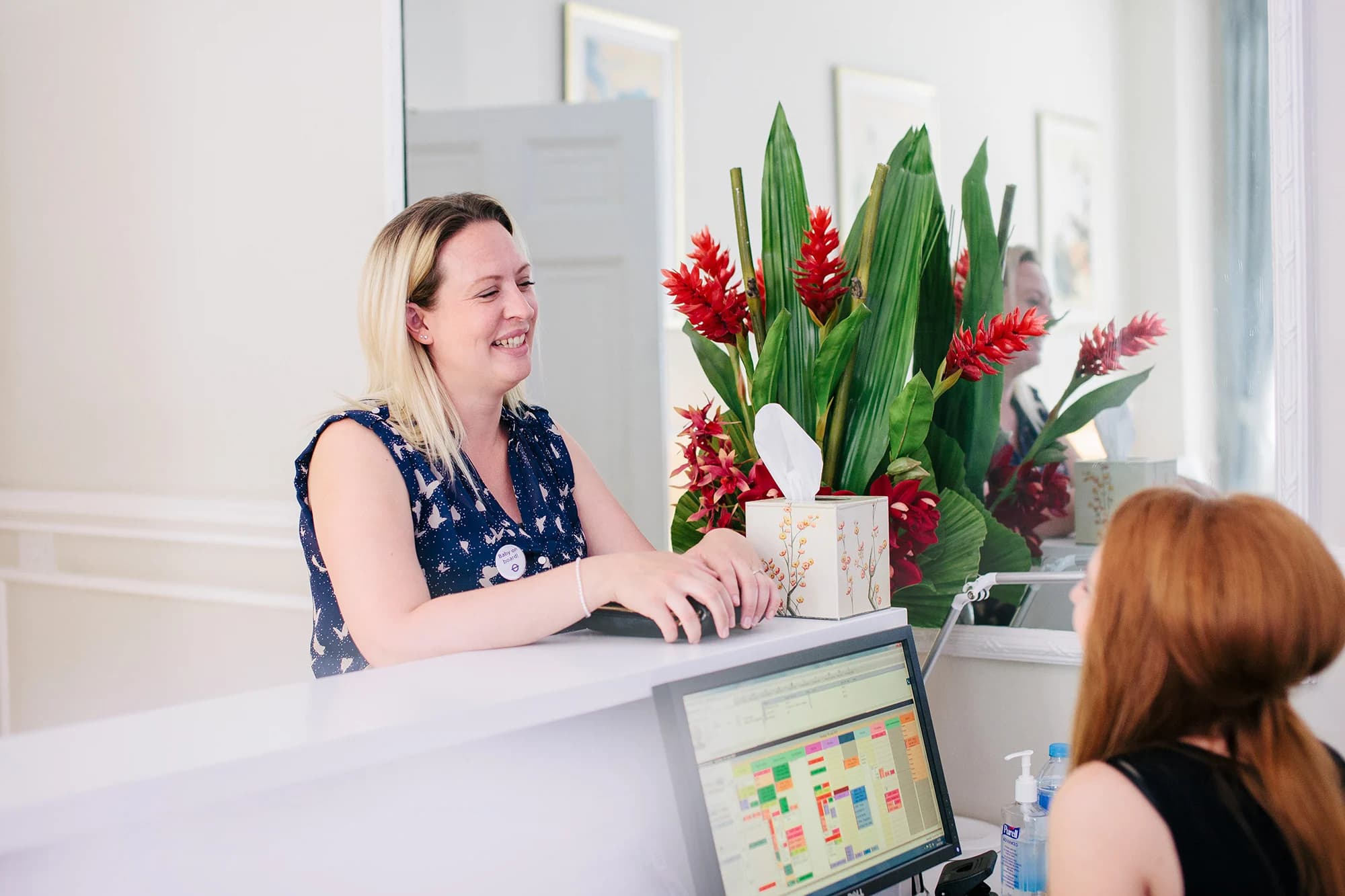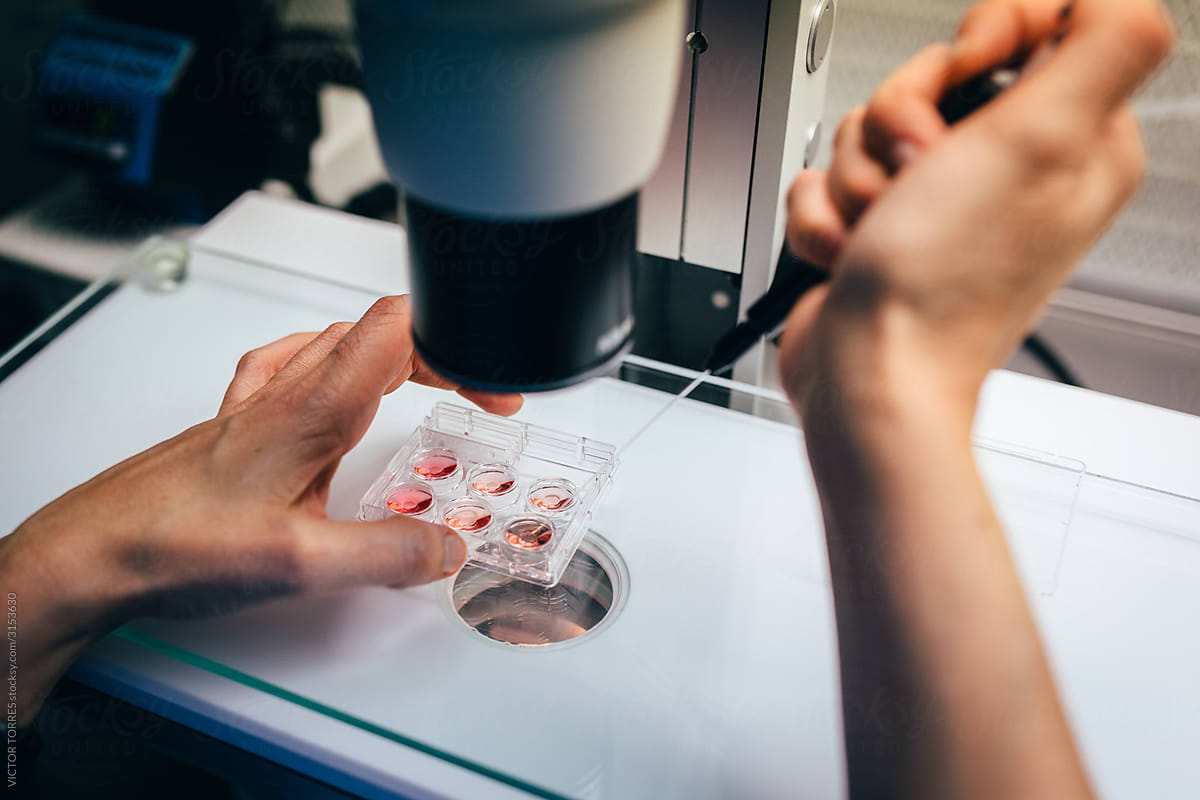Is HyCoSy right for me?
Whether you’re considering trying naturally, timed sexual intercourse, ovulation induction, or intra-uterine insemination (IUI), it can be useful to check the health of your fallopian tubes and uterus – and a HyCoSy can help us assess both. Issues such as blocked fallopian tubes are more common than many people realise and can be caused by a number of factors including a pelvic infection, appendicitis and severe endometriosis. Our procedure uses a non-toxic agent and is a safe and reliable alternative to the conventional hysterosalpingogram (HSG) that uses x-rays. The HyCoSy does not affect future fertility.
Statistics at Harley Street
We’ve helped many partners, individuals and LBGTQ+ couples start their family since we opened our clinic in 2010 and we have some of the highest success rates for IVF in the country.

The HyCoSy process and what to expect
Step 1: Talk to your doctor

Step 2: Preparation
We recommend taking an over-the-counter pain relief such as Ibuprofen or Paracetamol 30 minutes before the procedure and drinking two glasses of water so your bladder is half full and your uterus is easier to see. We‘ll also ask you to perform a home pregnancy test that morning to make sure you’re not pregnant.

Step 3: The procedure
The first part of the HyCoSy is similar to a smear. The second involves passing a flexible balloon catheter through the cervix into the uterus. Once this is done, we’ll introduce a saline solution followed by contrast dye to the area to allow the doctor to see the contour and shape of the uterus and fallopian tubes.

Step 4: Treatment
We’ll prescribe you with antibiotics that you’ll need to take after the procedure.
After the HyCoSy, we may immediately confirm it is ok for you to continue with your planned course of treatment, or we may advise you to have a follow-up consultation with your doctor to discuss a suitable treatment plan that gives you the best chance of a successful pregnancy.

Test: TH1:TH2 intracellular cytokine ratios



"Never give up hope, there's always an option!"
Faye
Additional advanced investigations

Advanced Fertility Treatments

EMMA test
